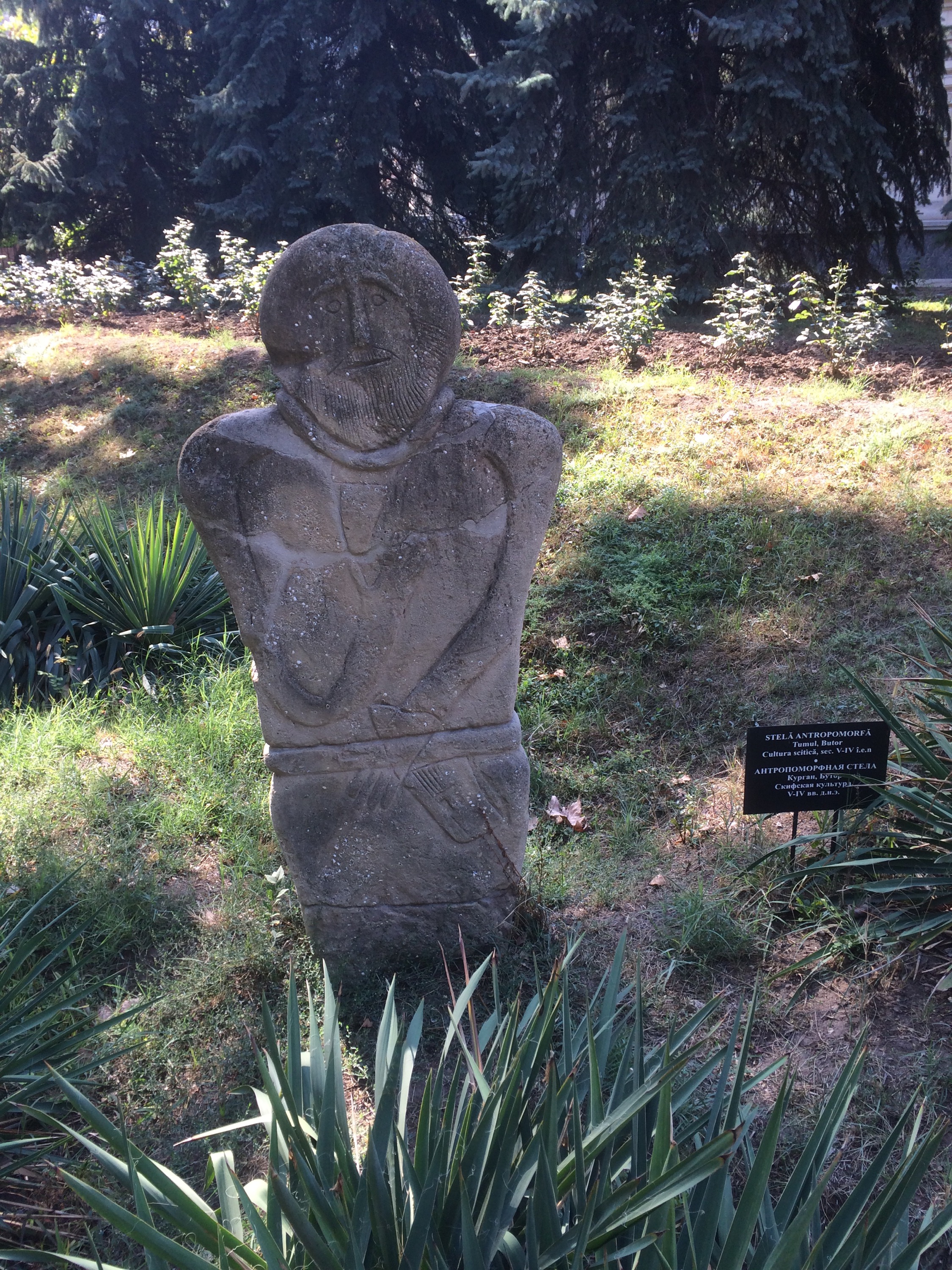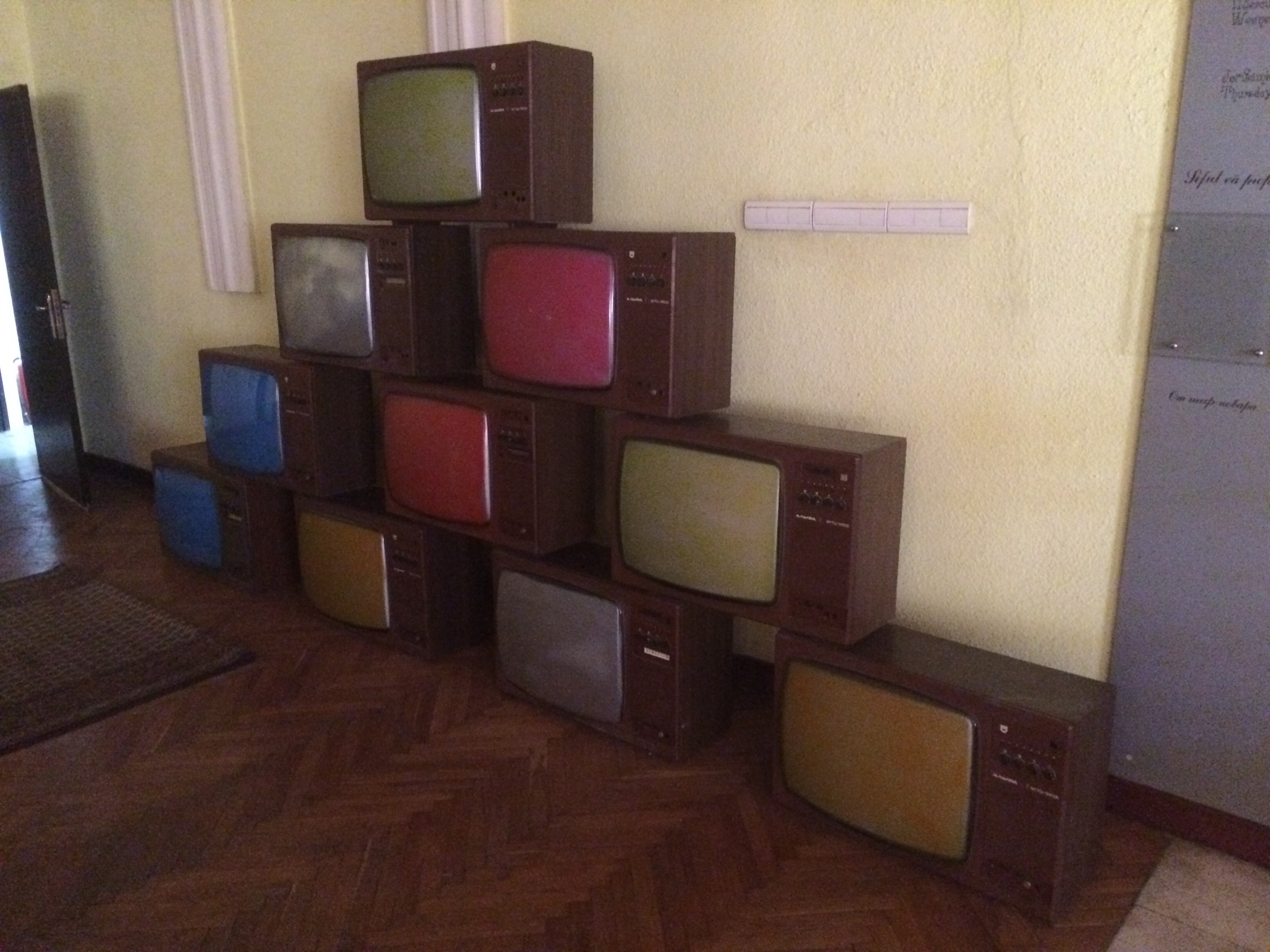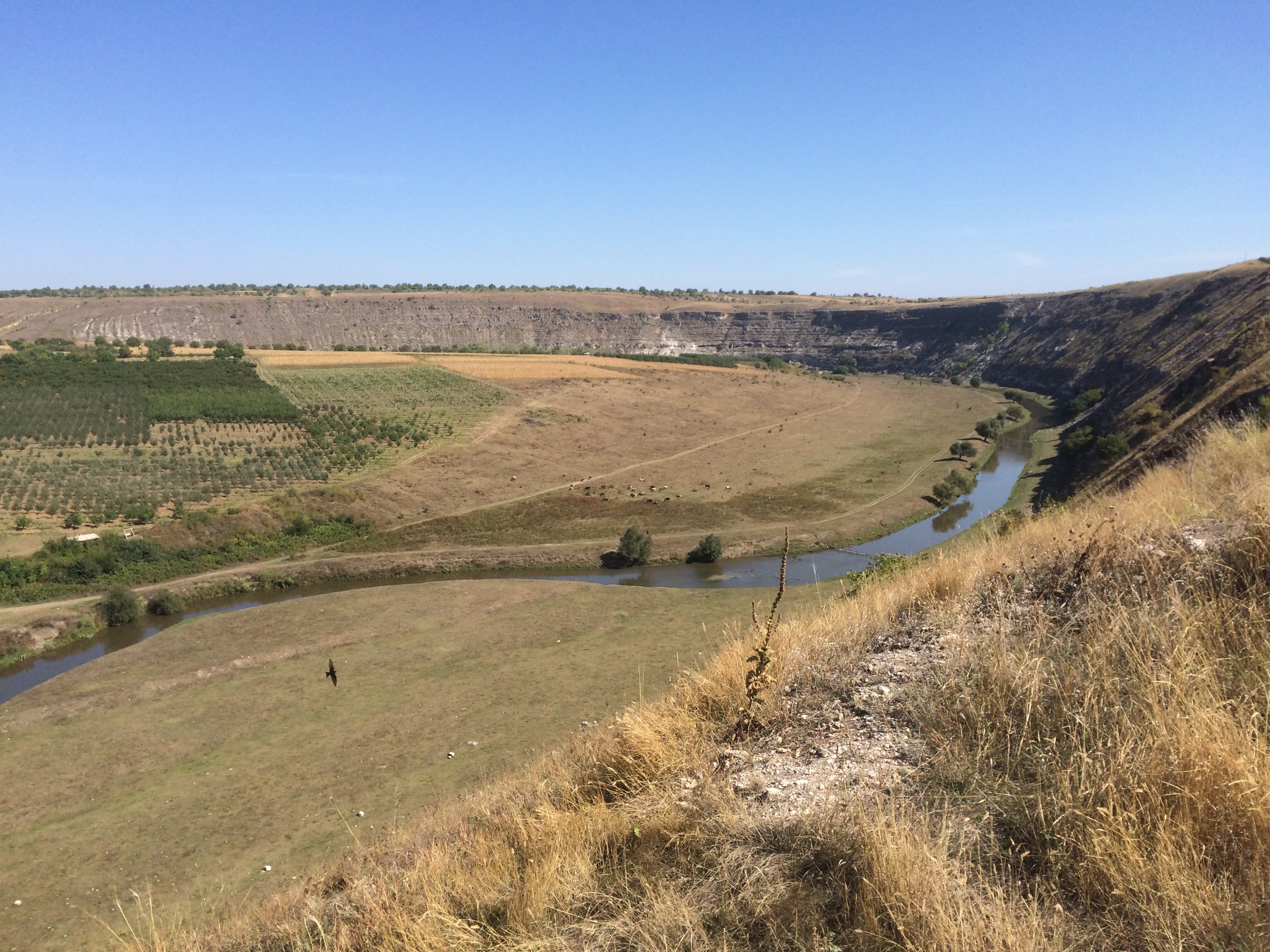
Familiarities abound in Moldova. A small, agriculturally blessed nation, dominated by larger neighbours and currently wracked by a banking crisis that has revealed cronyism and corruption in the highest levels of business and government? It’s like I’ve returned to Ireland three days early. Add to that my overnight arrival in a former Trans-Siberian carriage, and there were multiple layers of déjà-vu to be had.
To be sure, Moldova’s situation is a lot more perilous than Ireland’s. If there was a boom here before the current crisis, it didn’t reach very far beyond the capital, and not even that far within it. And given the choice between Romania and Russia or the U.K. and the EU as dominant neighbours, I know which ones I’d opt for. (Though maybe swapping Romania for the U.K. wouldn’t be too bad. Can we arrange that?)

Chisinau, the capital, was more or less levelled in World War II, so Soviet Grim is the main flavour of architecture on offer, enlivened here and there by the neon, glass and advertising hoardings of late-arriving capitalism. Day to day life continues in the face of an economic straitjacket, but streetside second-hand clothing markets and museums that turn the lights on when you enter a room and off when you leave are evidence of a national frugality that’s as much a necessity as it is innate.
Outside Chisinau, there are rolling hills of grain and grapes – this is another land between two rivers, the Prut and the Dniester, and it’s just as fertile as the first Mesopotamia. That very richness, along with its position to the north of the Black Sea, has meant that armies have rolled back and forth across it since time immemorial: from the Scythians, Sarmatians, and Dacians all the way to the Ottomans, Nazis, and Russians. The Romans never made it so far, but their trade goods did, as museum finds show.

The Russians are still here, in fact. Physically in the breakaway Transdniestr region, but in spirit elsewhere. Decades of Soviet rule is a hard thing to throw off, and while Moldova mostly looks to the west and Romania these days, Russia can be seen everywhere you look. In my hotel as much as anywhere – a former Soviet edifice, it had enjoyed a facelift in places, but the phones, lifts and food were recognisable from my time on the Trans-Siberian. I’ve already mentioned the Trans-Siberian retiree rail carriage that brought me into the country, on which the bedding for the overnight berths may well have survived the fall of the Berlin Wall, but there was yet more: the Military History Museum was more of a Soviet Military Surplus Museum, with a garden full of artillery and armoured transports.
I was here too briefly to get a good feel for the country, but I did manage to visit Orheiul Vechi, a bowl-shaped valley enclosing a winding river, where monks long ago carved out dwelling places for themselves from the limestone cliffs. The caves are spectacular, once the wedding parties that sometimes use them clear out, but the view from the rim of the valley is even more so. From here you can see many of the things that signify Moldova: agricultural riches, the remnants of ancient and overrun fortifications, quiet villages with working wells, and a monastery on a hilltop. Visiting there meant that I missed the Milesti Minci wine cellars (housed in miles of limestone caverns), but it proved a perfect counterpoint to Chisinau.
Unusually, I’m writing this while I’m still in the country, on a bus heading for the airport. A long flight awaits, with a half-day layover in Bergamo, Italy (from where I post this). So ahead of that, thank you to those who’ve been following this travelogue, and I’ll be back with a summary article some time soon.